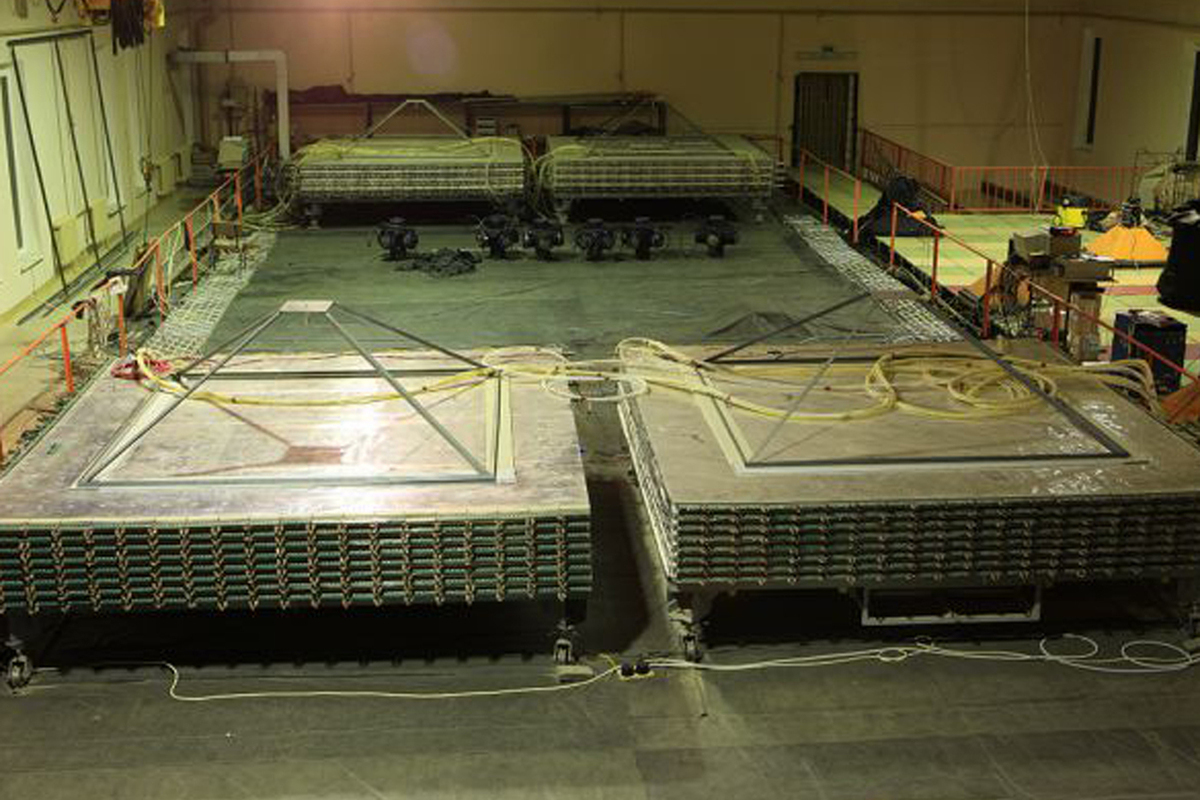Russian scientists are the first to register a rare high-energy stream of solar particles
[ad_1]

The phenomenon occurs one to five times a year
A rare natural phenomenon – a stream of solar high-energy particles that appeared as a result of a powerful flare on our star, was recorded by scientists from the National Research Nuclear University MEPhI. The solar flare occurred on the night of March 23, and the protons flew to the Earth, covering 150 million kilometers, in just 8 (!) minutes. The scientific director of the Scientific and Educational Center NEVOD, Doctor of Physical and Mathematical Sciences, Professor Anatoly PETRUCHIN told MK about how high-speed particles of the Sun were caught.
Our Earth is constantly in the flow of solar and cosmic rays. It is attacked by protons and nuclei of hydrogen, oxygen, iron and other elements.
But not all particles can reach the Earth, but only those that have higher energies. Having reached the earth’s atmosphere, these “lucky ones” interact with atmospheric nitrogen and oxygen atoms, as a result of which other particles are born – pi-mesons (or pions). These short-lived pions in turn decay into muons and neutrinos. It is extremely difficult to catch neutrinos, but scientists have mastered the “hunt” for muons very well, since they constitute the main stream of particles near the Earth’s surface. Whether we’re walking down the sidewalk or working at a desk, we’re surrounded by a stream of particles, 70-80 percent of which are muons. And from them, physicists determine the initial tracks (directions) of their progenitor particles.
– Tell me, how do you manage to register muons?– I ask Anatoly Afanasyevich.
– Using our high resolution setup. This is a muon hodoscope (from the Greek “godos” – path and “skopos” – observer), thanks to which we register muons and determine from which part of the sky they arrive to us. The device is a 3×3 meter platform with a large number of narrow plastic tubes of rectangular cross-section. When those same muons pass through them, the gas in the tubes is ionized and a pulse arises, which we register. A large number of tubes (there are 2.5 thousand in each of the 4 modules) gives us the opportunity to draw a straight line and find out the direction of each muon.
– How rare must an event on the Sun be for muons to get caught in your “nets”?
– A GLE event (from the English Ground Level Enhancement – an anomalous phenomenon as a result of solar flares) should be very powerful, such events happen from one to several times a year, but not every time they can be caught. For example, the last time such particles were caught was only in 2021; this was the 73rd time since 1942. Thus, on the night of March 23, 2024, the 74th event of this kind occurred. At 4.40 Moscow time, we recorded a short-term jump in muons; the flow was recorded for no longer than 3 minutes.
They were born from solar particles during a powerful solar flare. They flew towards the Earth 300(!) times faster than the ejection of solar plasma flies. At the same time, the particles reached the Earth in 8 minutes, and if we had not tracked their direction using our hodoscope within several minutes. Their further search would not bring any results.
[ad_2]
Source link








